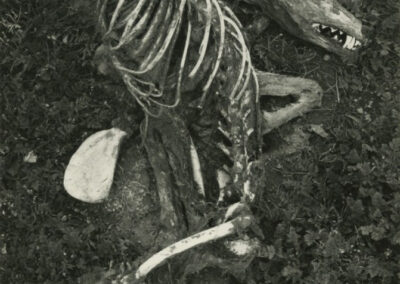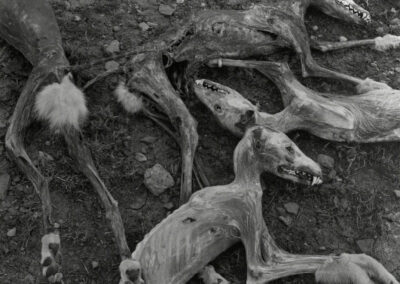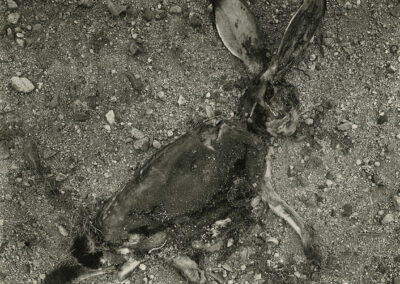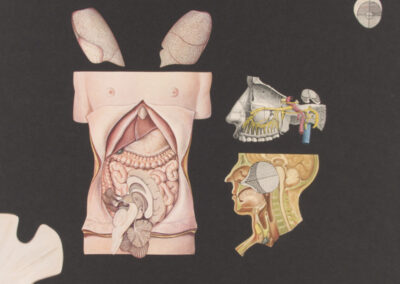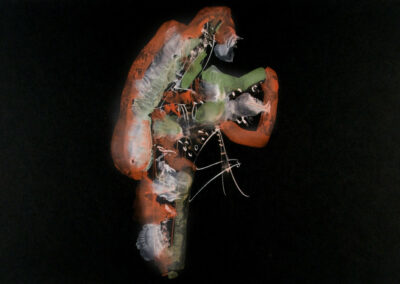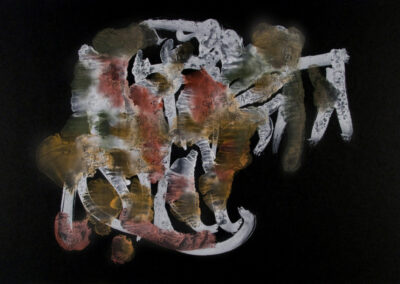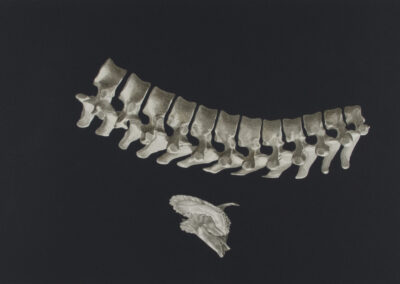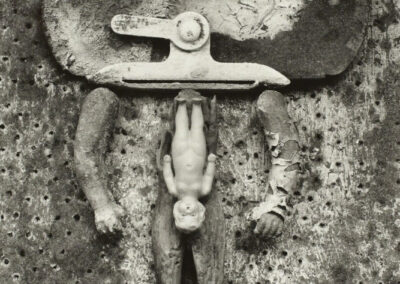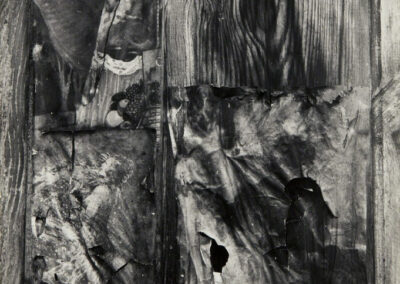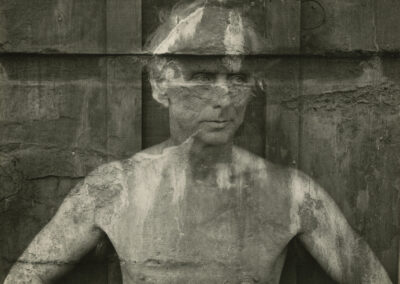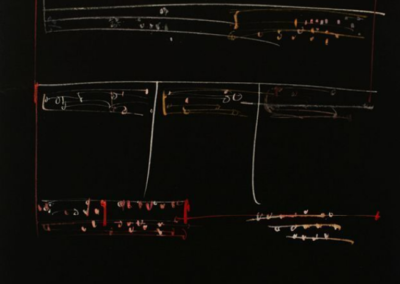Our next Artist You Need To Know is Frederick Sommer (September 7, 1905 – January 23, 1999). Sommer worked in a number of artistic media, though he’s perhaps best known for his photographs; he also created artworks in painting, drawing, photography, sculpture, and collage. His contemporaries and influences included Edward Weston, Max Ernst, Minor White and Man Ray, and this can be seen in his artworks that intersected with both Surrealism and art historical motifs. In his writings about art (from General Aesthetics, in 1979), Sommer stated that “Art is not arbitrary. A fine painting is not there by accident; it is not arrived at by chance. We are sensitive to tonalities. The smallest modification of tonality affects structure. Some things have to be rather large, but elegance is the presentation of things in their minimum dimensions.”
Sommer was born in Angri, Italy but grew up in Brazil: later he obtained a M.A. degree in Landscape Architecture (1927) from Cornell University. He relocated to the United States (Tucson, Arizona in 1931 and later Prescott, Arizona in 1935). In 1939, Sommer became a naturalized citizen of the United States. In the 1960s, Sommer was a teacher at Prescott College, and later at the IIT Institute of Design (1957 – 1958); he also was an instructor at the Rhode Island School of Design. Frederick Sommer’s extensive archive – both of his negatives, but correspondence with some of the aforementioned artistic contemporaries – was central to the founding of the Center for Creative Photography (1975), where his ephemera was collected alongside that of Ansel Adams, Harry Callahan, Wynn Bullock, and Aaron Siskind.
His exhibition record is impressive (a full list can be seen here) but it includes the MOMA (New York City), Musee d’Art Moderne (Paris), the Metropolitan Museum of Art (New York), the Art Institute of Chicago, Serpentine Gallery (London, UK) and the Baltimore Museum of Art.
Sommer first began experimenting with photography in 1931 (but later attained the status of a master photographer). When he was stricken with tuberculosis in 1930, his practice ironically began to flourish. He produced many works on paper that encompassed watercolours before moving on to pen-and-ink or brush drawings, specifically of ‘visually composed musical scores.” In 1938, he began taking pictures with an 8×10 Century Universal Camera: his photographic works in this period included different genres (still life, such as some of his chicken parts and assemblage works), horizonless landscapes, jarred subjects, cut-paper, cliché-verre negatives and nudes. Always experimenting and incorporating new processes, Sommer’s final body of work (which spanned the decade from 1989 to 1999) was collage which took great inspiration from anatomical illustrations.
From Bruce Silverstein Gallery, which has staged numerous exhibitions of his work: “Frederick Sommer was an artistic polymath, with deep interests in painting, drawing, photography, sculpture and collage. With his work he intended to engage the world formally, to harvest its chance gifts, decontextualizing and rearranging found images and objects according to often shocking visual affinities. The artist played with a wide variety of forms, textures and scale to create startling compositions amid objects and sites others found too insignificant to notice. Sommer was intent on expanding the limits of where beauty could be found, and after viewing a display of original musical scores, he began to formulate his own theories correlating the graphic design to the sound of musical scores.”
Sommer believed that “we work for that part of our vision which is uncompleted.” Much more about the ideas and artworks of Frederick Sommers can be enjoyed here at the Frederick & Frances Sommer Foundation.



